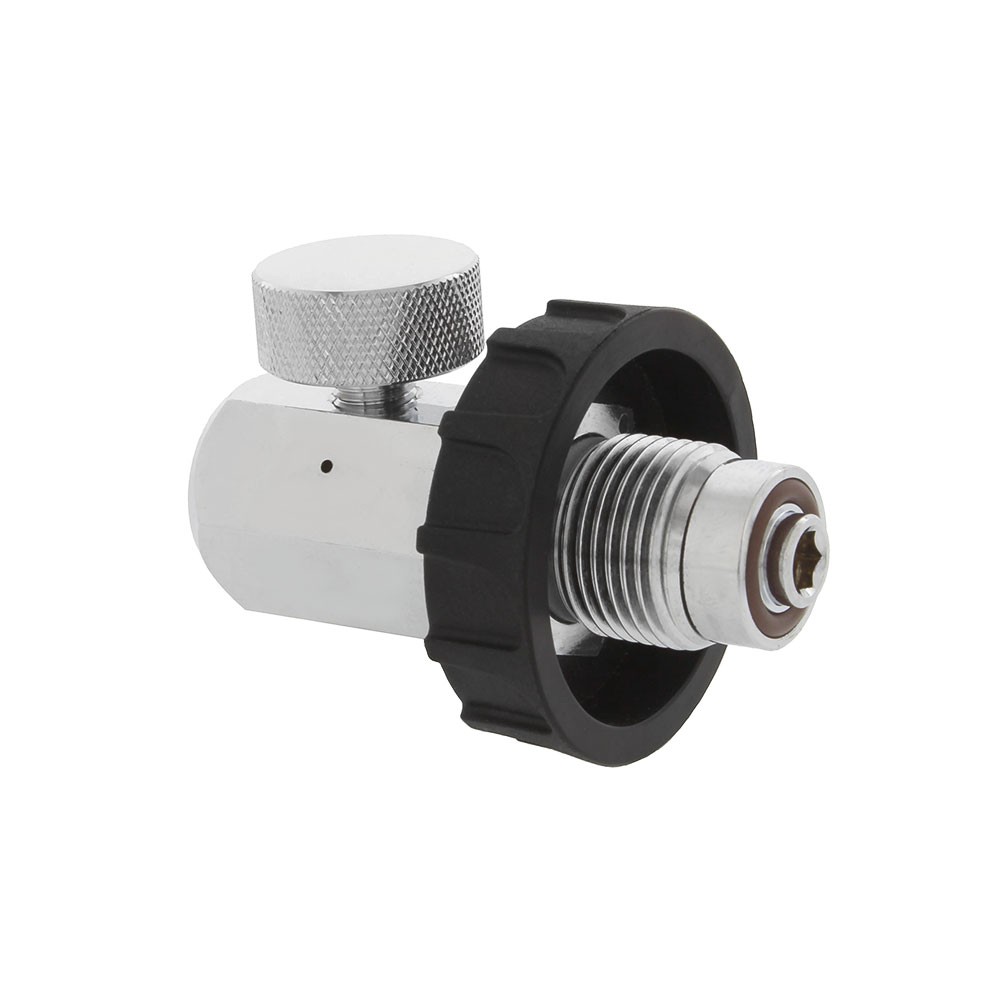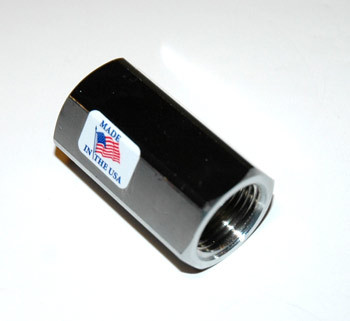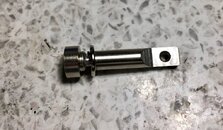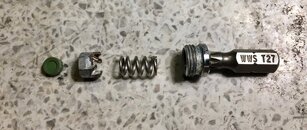OK so curiosity got the better of me and I now want to experience the whole Poseidon Adventure...
I've got a cheap used Poseidon 300 with Cyklon coming to practice on before I work up to my goal of an XStream MK3 first with Jetstream seconds...
Been doing a few searches so many thanks to @Bigbella @tbone1004 and @rsingler for their various uploads and technical advice from the SB archives.
I know I need to get a few special tools, and of course service kits and spare parts, but short of getting one of those nifty OEM service control panels, how do you ensure a consistent supply of 20BAR/300psi air to check and adjust the IP?
Keep topping up a near-empty tank or make up some sort of adaptor feed hose via an old non-Poseidon first stage and try to crank it up to deliver 300psi IP off a full tank?
I've got a cheap used Poseidon 300 with Cyklon coming to practice on before I work up to my goal of an XStream MK3 first with Jetstream seconds...
Been doing a few searches so many thanks to @Bigbella @tbone1004 and @rsingler for their various uploads and technical advice from the SB archives.
I know I need to get a few special tools, and of course service kits and spare parts, but short of getting one of those nifty OEM service control panels, how do you ensure a consistent supply of 20BAR/300psi air to check and adjust the IP?
Keep topping up a near-empty tank or make up some sort of adaptor feed hose via an old non-Poseidon first stage and try to crank it up to deliver 300psi IP off a full tank?








